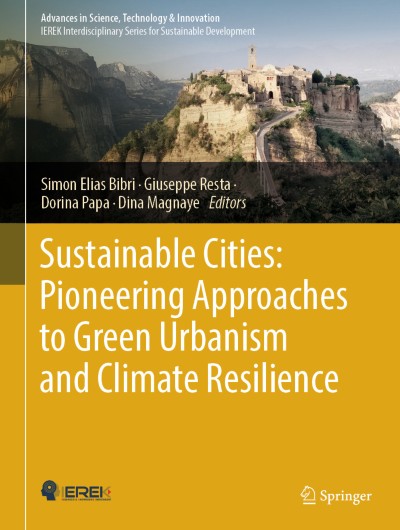The book examines specific aspects of urban planning and environmental management in order to provide implementable knowledge and solutions. This book begins with an analysis of the urban processes and the development of mass residents using Famagusta, Cyprus, as a case study. It is emphasized how topographical factors influence urban growth and apartment patterns and have important effects on infrastructure planning. An important focus is on the development of environmentally friendly building materials. In several chapters, the use of waste products such as Cork are examined when creating sustainable materials. The green and blue infrastructure also get considerable attention. The book deals with strategies for integrating these elements into urban environments to combat climate change. Topics such as the storage capacity of green roofs and the role of vegetation in improving urban air quality underline the importance of ecological infrastructure for the creation of resistant cities. The book continues to examine the urban climate and environmental pollution analysis and shows progressive methods for monitoring and treatment of environmental conditions. Chapter on the monitoring of climate change, the evaluation of air pollution by Bryophytes and the monitoring of VOCs offer instruments for understanding and coping with urban environmental challenges. Human -centered design is another key topic with discussions about pedestrian comfort and accessibility in urban rooms. The book focuses on outdoor promenades and thermal comfort and underlines the need for urban designs that improve the quality of life of the residents. Practical approaches to project management and planning are also dealt with. The book provides methods such as Pert/CPM and Monte Carlo simulation techniques to improve project results and the development of criteria for climate-friendly planning competitions. Finally, the preservation of the landscape in the middle of urban expansion is examined. A methodology for creating a landscape catalog in Arequipa, Peru, is presented to reconcile the development with the preservation of cultural and natural landscapes.
Sustainable cities: pioneering approaches for green urbanism and the resistance of the climate
